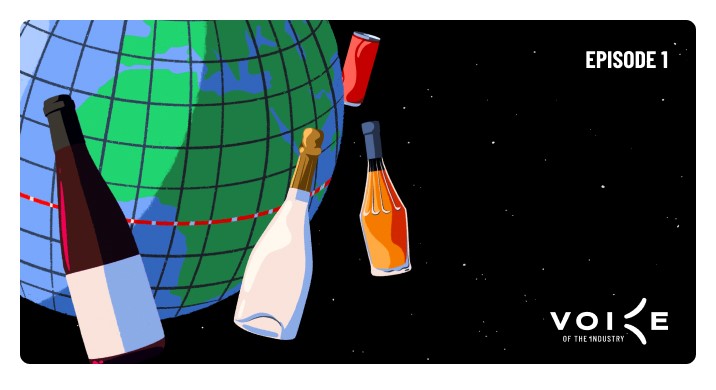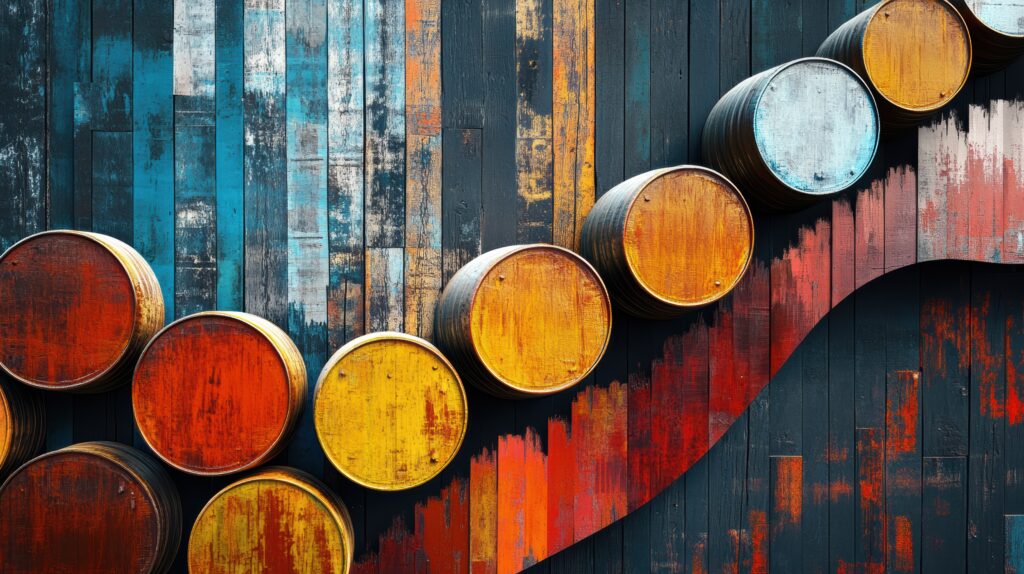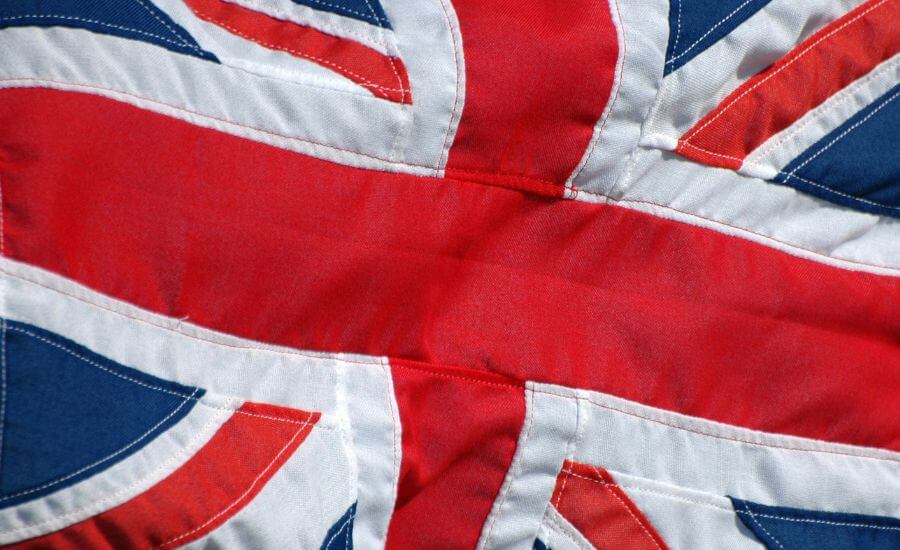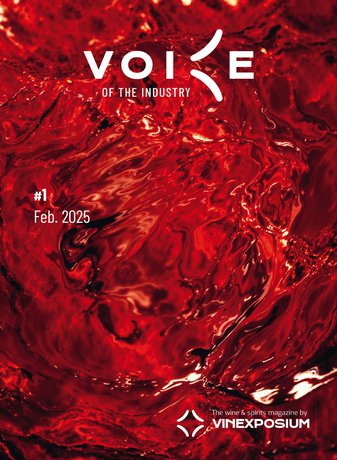How Functional Drinks are Revolutionising the Alcohol-Free Space
Amidst the extensive and booming array of no-low drinks, a new generation of tipples is all-set to become a game-changer. Functional drinks, which have come straight across the Pond from the United States, are offering new flavours and new drinking occasions, titillating both the palate and the senses just as conventional spirits would, but without the alcohol.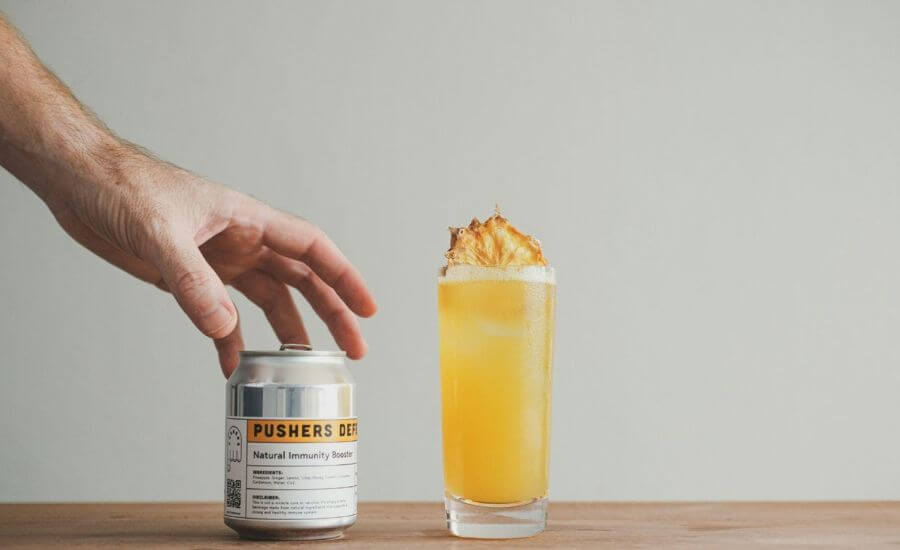
Amidst the extensive and booming array of no-low drinks, a new generation of tipples is all-set to become a game-changer. Functional drinks, which have come straight across the Pond from the United States, are offering new flavours and new drinking occasions, titillating both the palate and the senses just as conventional spirits would, but without the alcohol.
What was once a trend has become a groundswell of support. The no-lo market continues to grow, establishing itself as a sustainable drinking alternative. The days when sober meant boring evenings spent with either a Perrier with a slice of lemon or an alcohol-free beer have long gone. Now the choice ranges from alcohol-free or very low-alcohol wine or beer, to 0.0% ‘gins’ (1) or ‘whiskies’ and virgin cocktails, to name a few. In 2022, the IWSR estimated that revenue from the no-lo category exceeded 10 billion euros, with a 7% growth rate in 10 key markets.
The large spirits groups have sensed the greater health and wellness concerns expressed by 18-25 year-olds and are investing significantly in the category. A case in point is Distill Ventures, the ‘drinks accelerator’ run by industry giant Diageo which hosts the largest alcohol-free incubator and is focusing on a new generation of products. That’s because the second floor of the rocket has already taken off – in the past year, a revolution has been in the making, and functional drinks are now with us.
But what on earth are functional drinks? Basically, they are non-alcoholic pours designed to generate an effect that goes beyond the taste and hydration. In fact, you will already be familiar with many examples because the moniker embraces energy drinks, relaxing herbal teas, anti-oxidant juices, waters, kefirs and other herb, root, mineral, amino acid and CBD-enhanced drinks, and probiotics. What’s new is that now they are encroaching upon spirits ground. Instead of simply buying them in the wellness department at the local organic store, people are ordering them at the bar, or enjoying them in groups at parties, and not just in the morning after yoga.
The new beverages contain adaptogens and nootropics – these cognitive enhancers purportedly offer multiple effects such as stimulation, relaxation, euphoria-inducing and creativity-boosting qualities, inspired by traditional Chinese or Ayurveda medicines. They induce both physical and aromatic sensations – just as a spirit would – and, in contrast to the conventional choice of alcohol-free drinks, they offer a sophisticated experience and are designed to be sipped slowly.
“Unlike other Nolos, functional drinks do not attempt to replace existing alcoholic beverages nor to recreate the flavours you find in those beverages”, warns Samantha Pitts, purchasing director with Drinks & Co, the Parisian concept bar-wine merchant officially opened by Pernod Ricard in 2021. At the cutting edge of alcohol-free drinks, the young buyer promptly adds: “These are drinks made from new ingredients which develop new aromas and flavours. By transitioning from healthy to festive cues, they position themselves in the super premium segment”.
Boasting powerful flavours, textures and sensations, functional drinks show pretty well in the mixology space. On-trend New York bars like the Manhatta and the Clover Club have already adopted them and the American market is booming. In France, however, the range is still diminutive – only one producer, the pioneering Three Spirit, exports its range of three bottlings. These are Livener, an energy drink designed to be drunk at the start of the evening; Social Elixir, a euphoria-inducing drink that can be served as an Espresso Martini for example; and Nightcap, a relaxing drink that should be savoured old-fashioned style or neat, before calling a taxi for the journey home. One place to test drive the experience and to get a preview of the new era of fun sobriety is Drinks & Co which, after its stand-out Pizza – which unfortunately was on the summer cocktail list, now superseded by autumn/winter choices – serves a delightful Ti’Biscuit.
These are in inverted commas because rules require that gin is bottled with a minimum ABV of 37.5%, rising to 40% for whisky.
The fast interview with Samantha Pitts, purchasing director at Drinks & Co
How do functional drinks differ from alcohol-free ‘spirits’?
Whereas nolo drinks focus on zero – zero alcohol, zero sugar, zero calories… – functional drinks aim to provide benefits for the consumer. They add instead of taking away.
Are they heralding a real revolution in the alcohol-free space?
Yes, absolutely, because they don’t try to recreate existing flavours or spirits – these are not alcohol-free substitutes for gin or whisky, for example, but different propositions with different drinking cues. Classic nolo drinks are not designed to be drunk neat, whereas you can enjoy a functional drink with nothing added, on ice.
The trend emerged very recently in the United States. Has it hit France yet?
France is a conservative marketplace, and way behind the United States, the United Kingdom or some European countries for the category. The choice is very limited and at the moment, there is only one brand, Three Spirit. Aside from geeks, nobody knows that functional drinks exist – it’s not something people ask their wine merchant for. At least not yet. But look at what is happening with other nolo drinks – initially, when Seedlip emerged, nobody believed in it. Now, multiple companies have ventured into the category, the range has diversified and consumer demand has never been so strong.
By Christine Lambert

